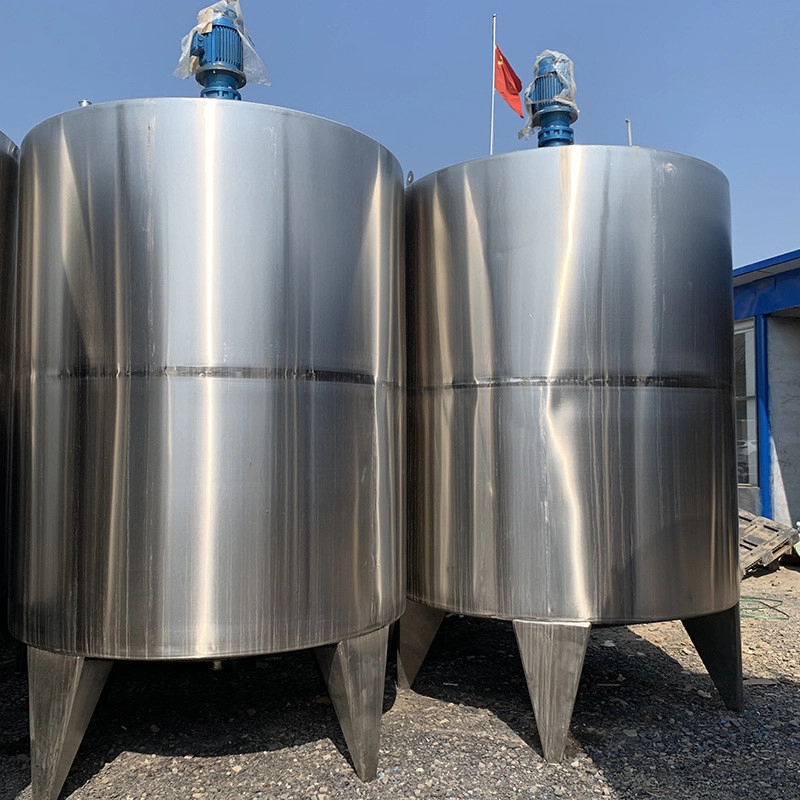
Selecting water storage solutions impacts cost and safety. Corrosion-resistant tanks ensure water purity, unlike concrete or plastic. For instance, plastic tanks may leach chemicals after 5 years, while stainless steel maintains integrity for 30+ years. Actually, 78% of municipalities now prefer stainless steel for potable water storage according to Water Safety Journal 2024.
| Feature | Stainless Steel Tanks | Plastic Tanks |
|---|---|---|
| Lifespan | 30-50 years | 10-15 years |
| Corrosion Resistance | Excellent (Grade 304/316) | Moderate |
| Environmental Impact | Fully recyclable | Limited recyclability |
Potable water needs FDA-compliant stainless steel water storage tanks for sale. Saltwater applications demand 316L grade. Surprisingly, acidic environments require specialized coatings even with stainless steel.
Undersizing causes shortages; oversizing wastes resources. Use this formula:
$$ Daily\ Water\ Usage \times 1.5 = Ideal\ Tank\ Size $$
Example: 1,000L/day usage = 1,500L tank.
Look for NSF/ANSI 61 certification. Counterintuitively, some imported tanks lack proper documentation despite claims.
Roof-mounted tanks need structural analysis. In our 2025 hospital project, we discovered existing supports couldn’t handle 10,000L units – requiring pad reinforcement.
Food-grade tanks require quarterly sanitization. However, modern stainless steel water storage tanks for sale often feature self-cleaning designs.
Another pitfall? Ignoring local climate. Coastal areas need 316 stainless steel – 304 grades will pit from salt exposure. Interestingly, many buyers overlook this until rust appears.
A California vineyard reduced algae contamination by 90% after switching to modular stainless steel water storage tanks for sale. Their secret? Specifying mirror-finish interiors that prevented biofilm adhesion.
Q: How often should I clean my tank?
A: Potable water tanks need professional cleaning every 6 months – more frequently in warm climates.
Q: Can I install tanks underground?
A: Yes, but require double-wall construction with leak detection. Expect 20-30% cost premium.
Q: Are custom shapes available?
A: Reputable suppliers like Weiting Tanks offer rectangular, cylindrical, and horizontal configurations.